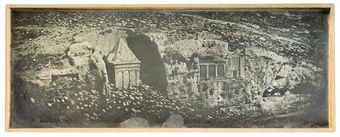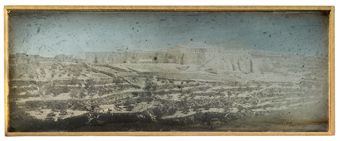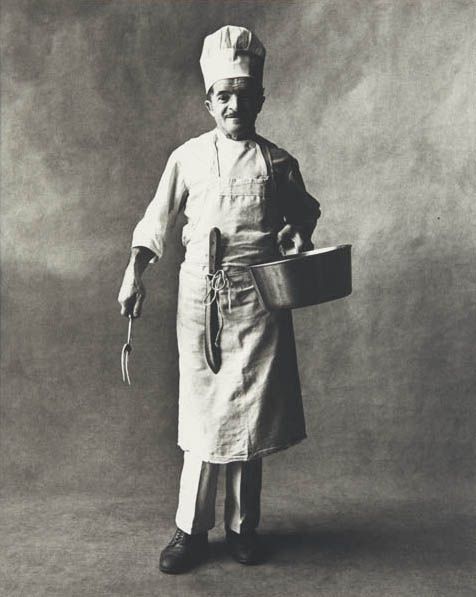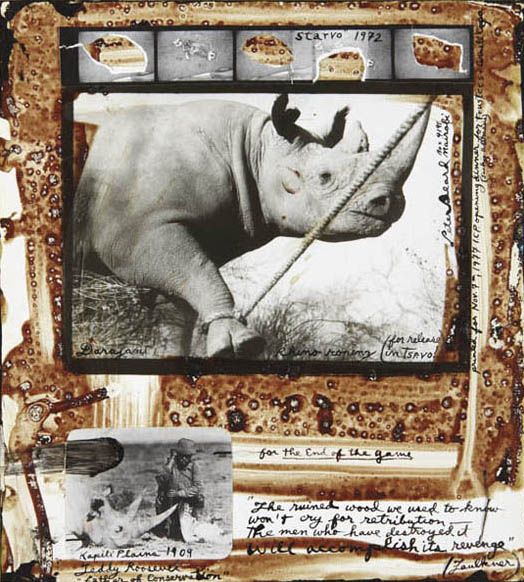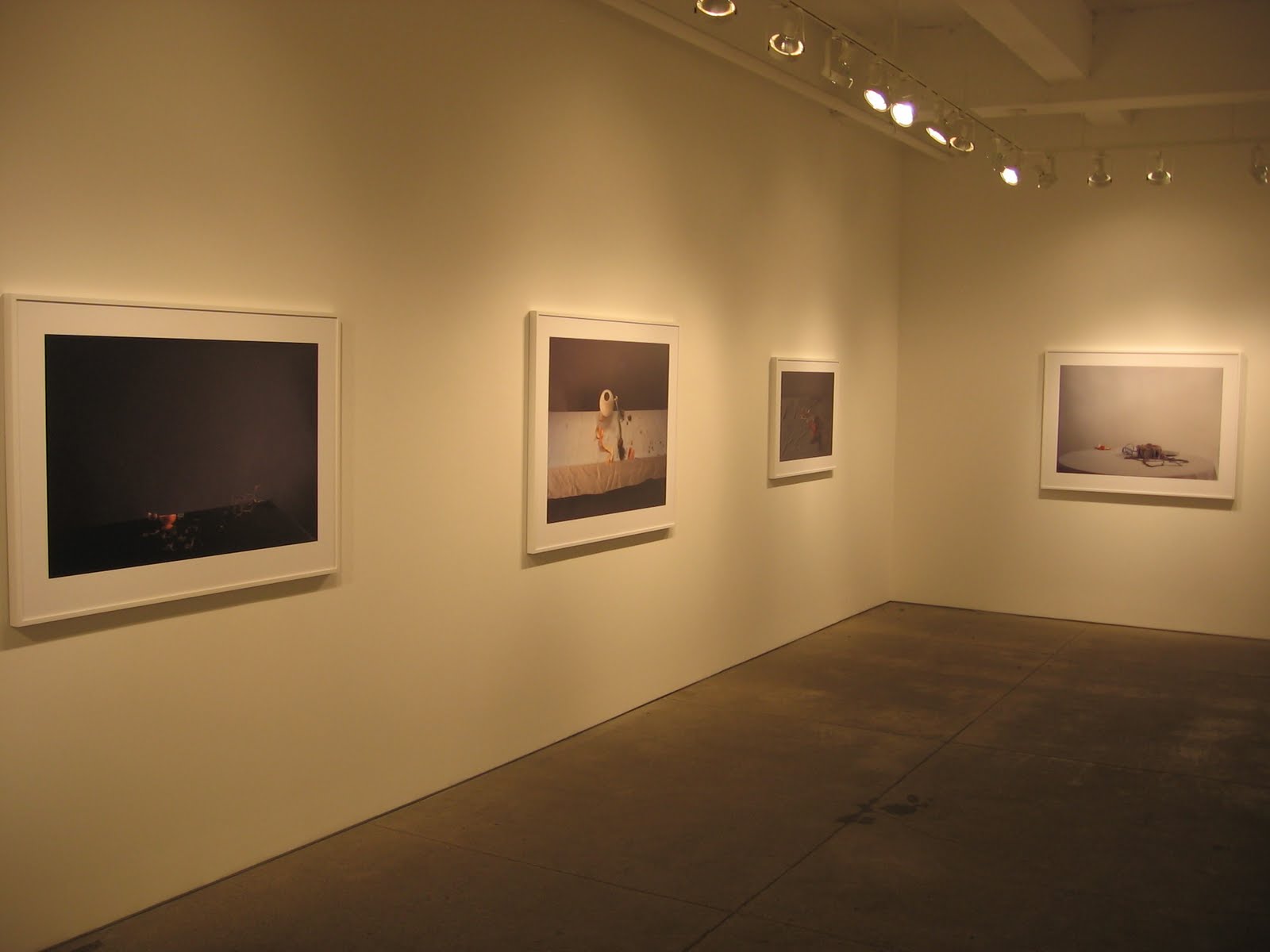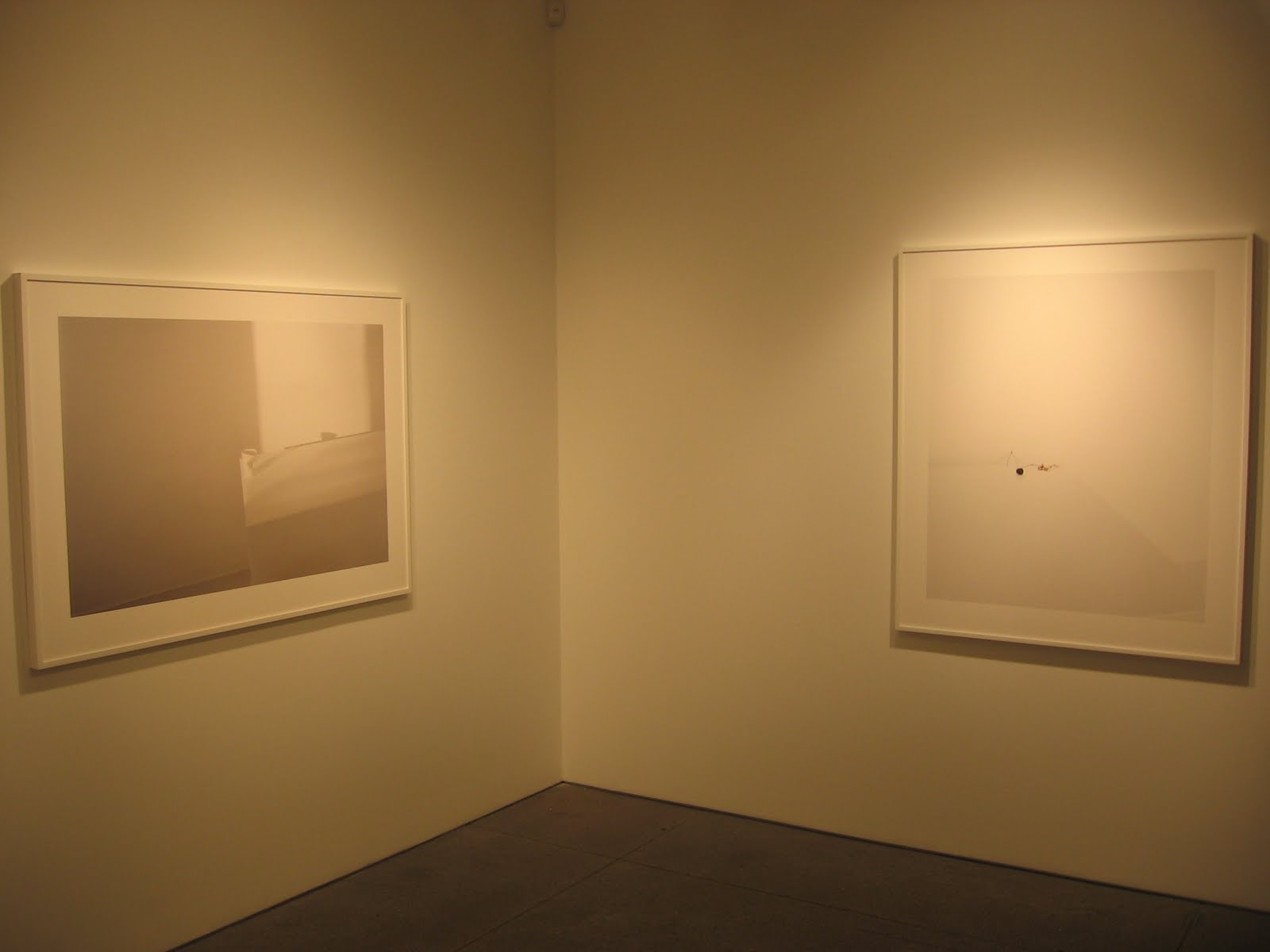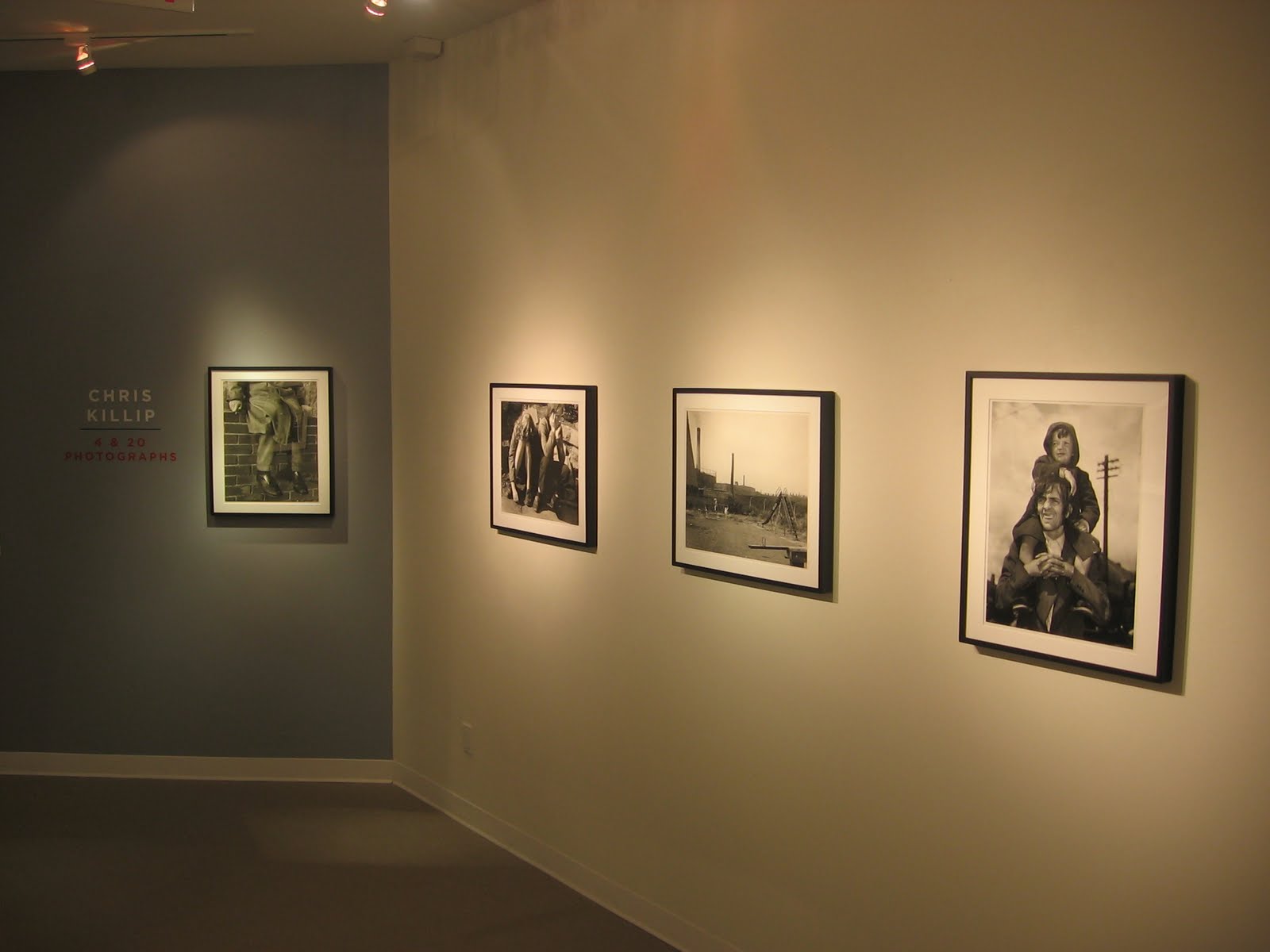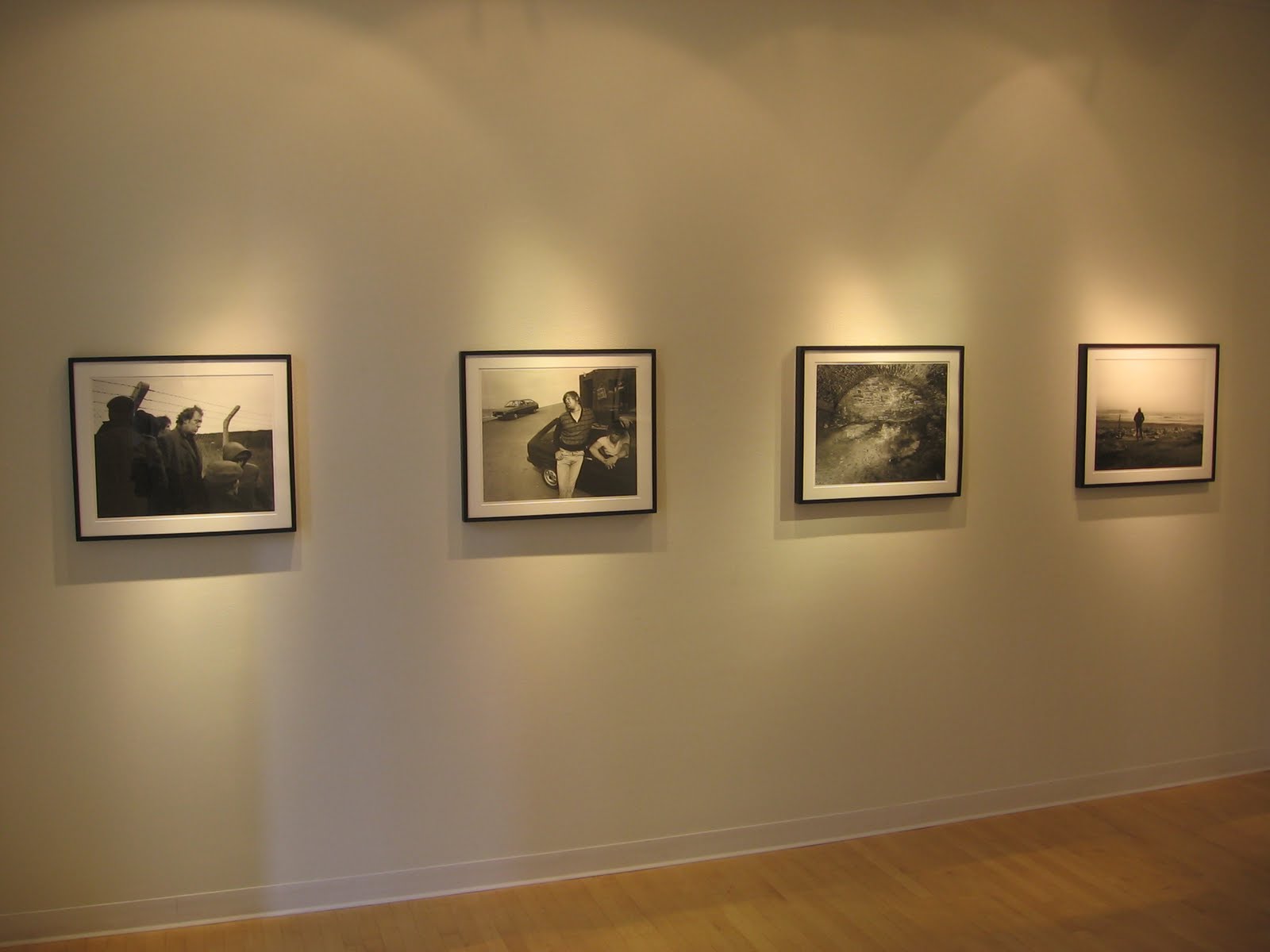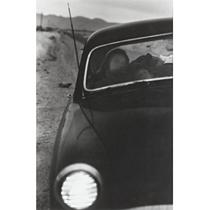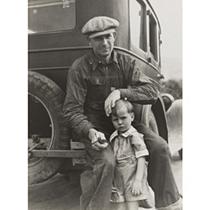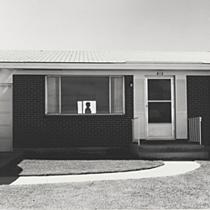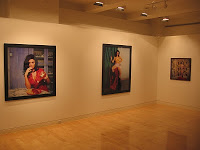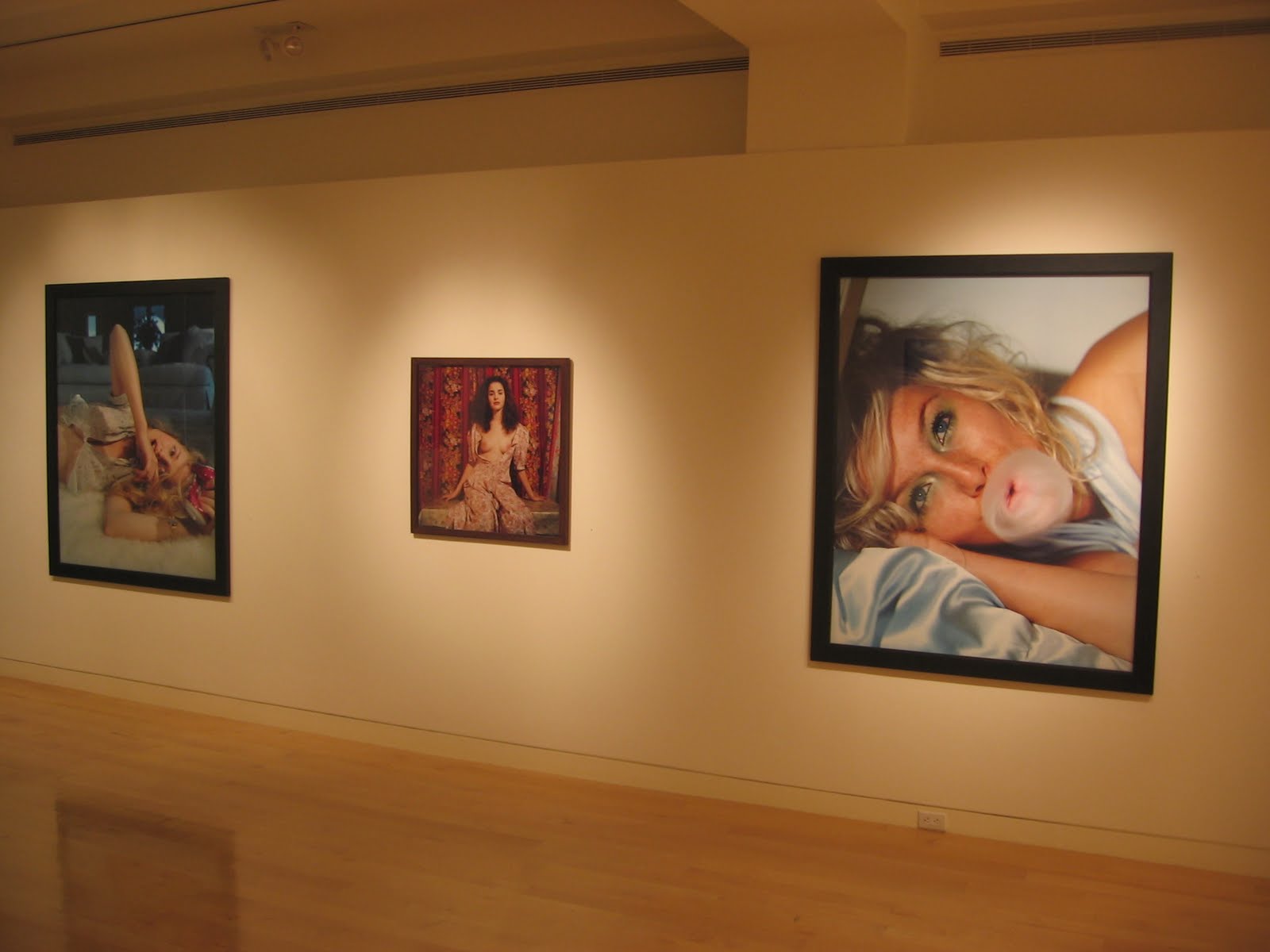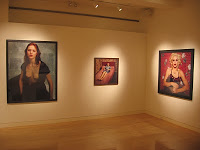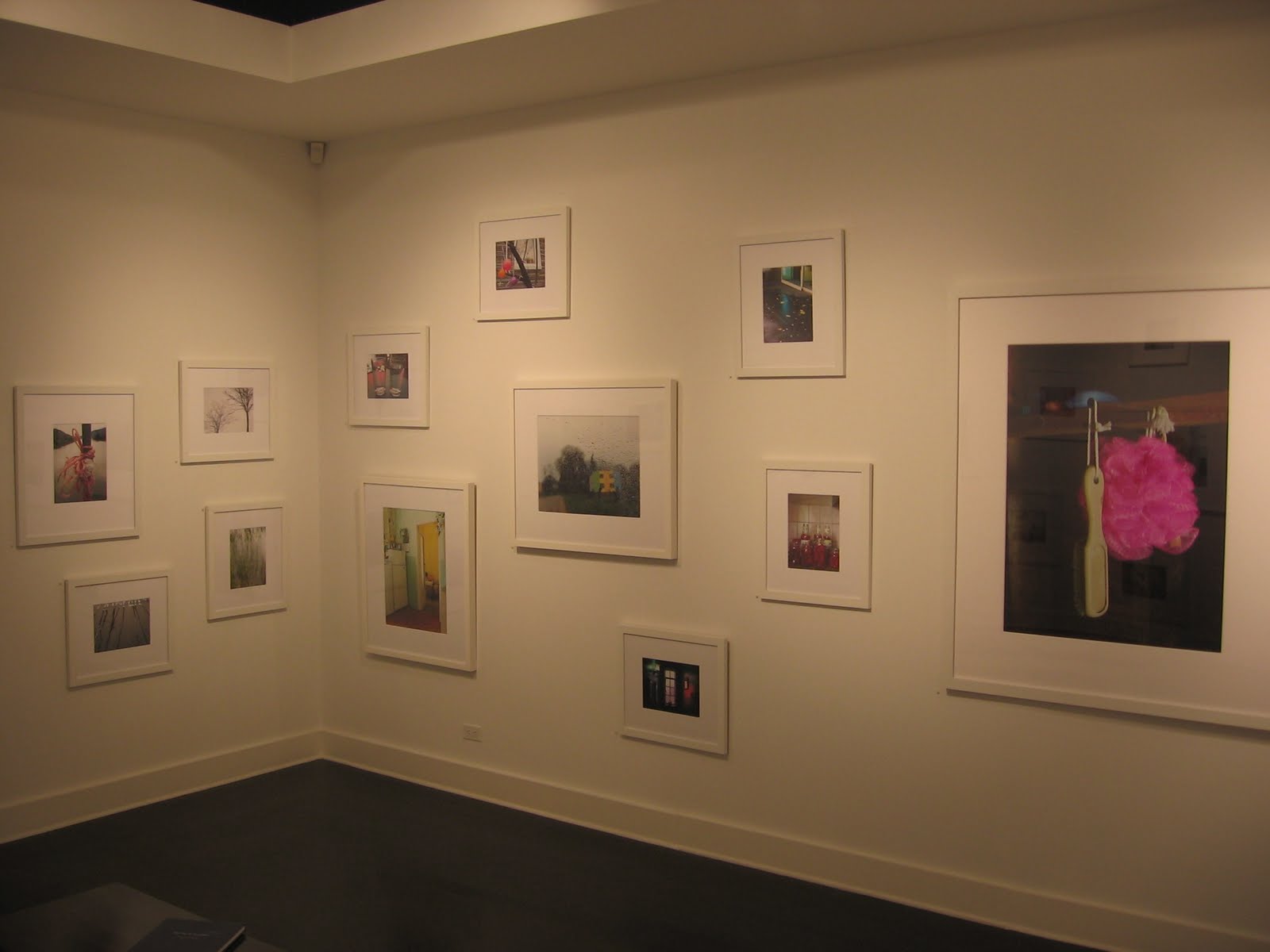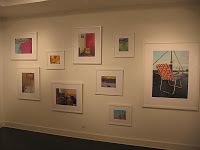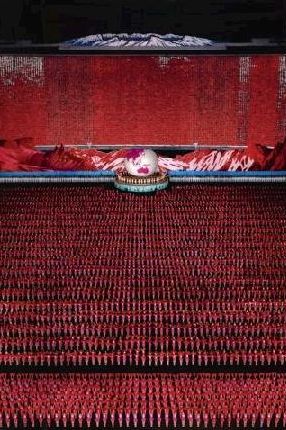 The results of Christie’s various owner Photographs sale last week fell right in the heart of the estimate range, bringing in proceeds just over $5.5 million. Even though three out of the top six lots failed to find buyers, a large number of positive surprises across the auction helped generate momentum. The overall Buy-In rate came in just under 25%.
The results of Christie’s various owner Photographs sale last week fell right in the heart of the estimate range, bringing in proceeds just over $5.5 million. Even though three out of the top six lots failed to find buyers, a large number of positive surprises across the auction helped generate momentum. The overall Buy-In rate came in just under 25%.
The summary statistics are below (all results include the buyer’s premium):
Total Lots: 349
Pre Sale Low Total Estimate: $4565500
Pre Sale High Total Estimate: $6795500
Total Lots Sold: 263
Total Lots Bought In: 86
Buy In %: 24.64%
Total Sale Proceeds: $5571538
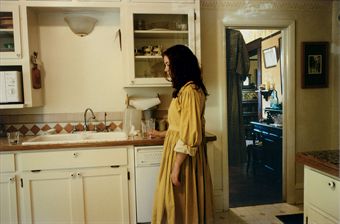
Here is the breakdown (using the Low, Mid, and High definitions from the preview post,
here):
Low Total Lots: 189
Low Sold: 142
Low Bought In: 47
Buy In %: 24.87%
Total Low Estimate: $1193500
Total Low Sold: $1026938
Mid Total Lots: 137
Mid Sold: 104
Mid Bought In: 33
Buy In %: 24.09%
Total Mid Estimate: $3302000
Total Mid Sold: $2821100
High Total Lots: 23
High Sold: 17
High Bought In: 6
Buy In %: 26.09%
Total High Estimate: $2300000
Total High Sold: $1723500
The top lot by High estimate was lot 32, Diane Arbus, Identical Twins, Roselle, New Jersey, 1967, at $250000-350000; it did not sell. The top outcome of the sale was lot 12, Ansel Adams, Grand Tetons and the Snake River, Grand Teton National Park, Wyoming, 1942/1960s, at $338500.
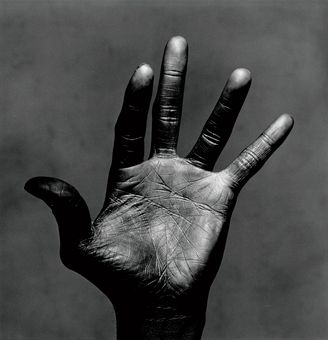
83.27% of the lots that sold had proceeds in or above the estimate range. There were a total of twenty surprises in this sale (defined as having proceeds of at least double the high estimate):
Lot 16, Irving Penn, Lorry Washers, London, 1950, 1967, at $128500
Lot 17, Irving Penn, Child of Florence, 1948, at $74500
Lot 35, Man Ray, Madame Xupery, 1935, at $62500
Lot 45, Irving Penn, The Palm of Miles Davis (New York), 1986/1992, at $146500 (image at right, bottom, via Christie’s)
Lot 65, William Eggleston, Untitled, 1971/1996, at $74500
Lot 78, Joel Sternfeld, Fiesta de Quince, 94th Street and Jackson Mill Road, East Elmhurst, Queens, August, 2004/2005, at $23750 (image at right, top, via Christie’s)
Lot 100, Lise Sarfati, Suzannah #23, Hillsboro, OR, 2003, at $13750 (image at right, middle, via Christie’s)
Lot 117, Wim Wenders, Lounge Painting, Gila Bend, Arizona; and Sundries, Las Vegas, New Mexico, 1983-1989, at $7500
Lot 129, Alec Soth, Fairway Motor Inn, 2005/2006, at $10000
Lot 140, Todd Hido, Untitled #2690, 2000, at $23750
Lot 142, Robert Adams, Berthoud, Colorado, 1976/1989, at $68500
Lot 146, Stephen Shore, 5th Street & Broadway, Eureka, CA, September 2, 1974/2003, at $7500
Lot 174, Robert Frank, Billie Holiday, St. Nicholas Arena, NYC, 1954/1960s, at $30000
Lot 176, Henri Cartier-Bresson, Malcolm X, 1961/1968, at $22500
Lot 213, Irving Penn, Rag and Bones, London, 1950/1976, at $104500
Lot 274, William Eggleston, En route to New Orleans, 1971-1974, at $50000
Lot 309, Berenice Abbott, El at Columbus Avenue and Broadway, Lincoln Square, NY, 1929, at $30000
Lot 325, Levy and Cohen, Views of Richmond, 1865, at $21250
Lot 326, John Moran, Portico, Construction of the Bank of Pennsylvania, 1867, at $32500
Lot 345, Minor White, Two Barns, Dansville, New York, 1955/Later, at $7500
Complete lot by lot results can be found
here.
20 Rockefeller Plaza
New York, NY 10020
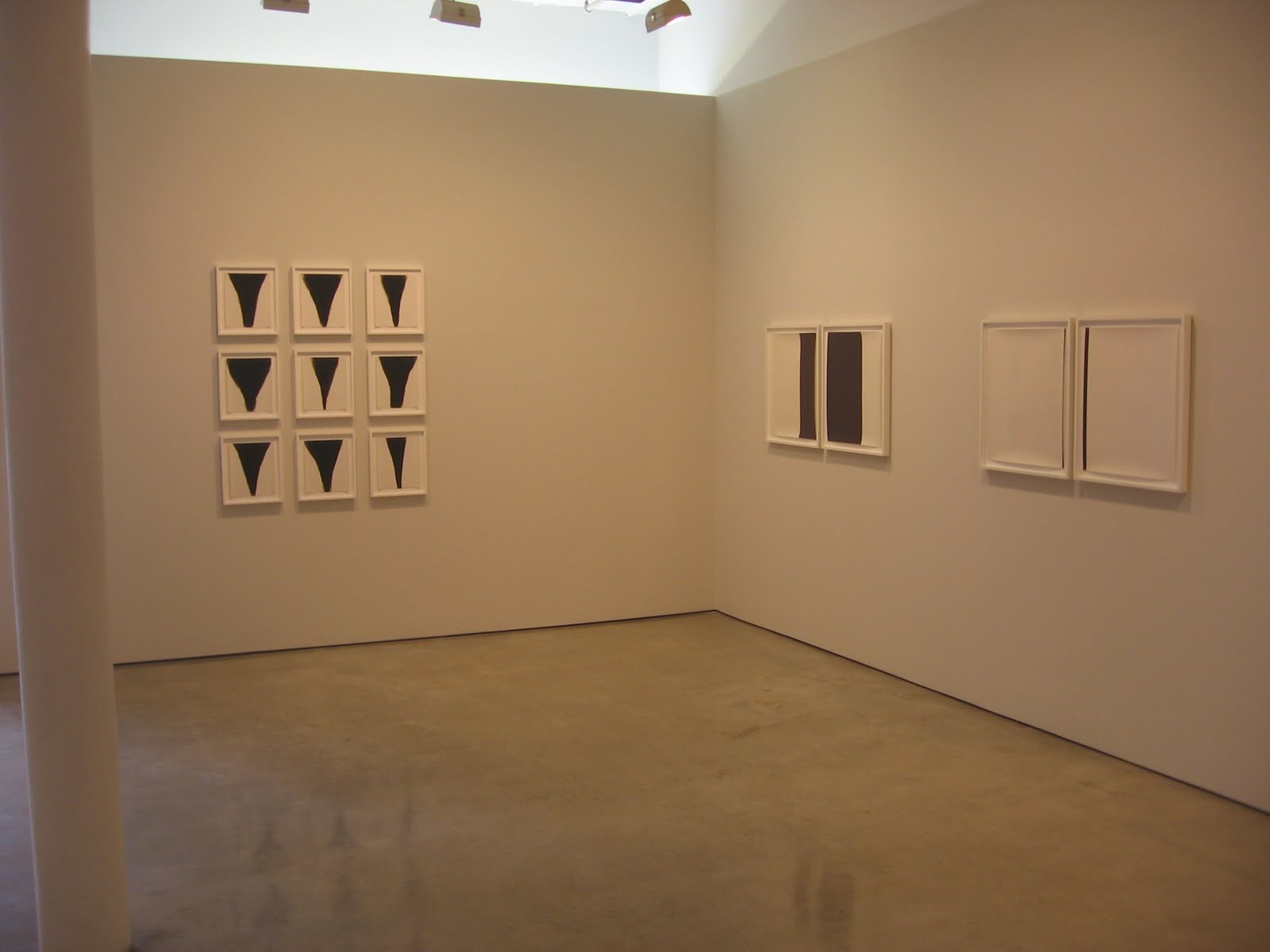 JTF (just the facts): A total of 27 works, framed in white with no mat, and hung in the single room gallery space. All of the works are unique gelatin silver prints, made on expired photographic papers from 1915-1950, and processed in 2010. (Installation shots at right.)
JTF (just the facts): A total of 27 works, framed in white with no mat, and hung in the single room gallery space. All of the works are unique gelatin silver prints, made on expired photographic papers from 1915-1950, and processed in 2010. (Installation shots at right.) 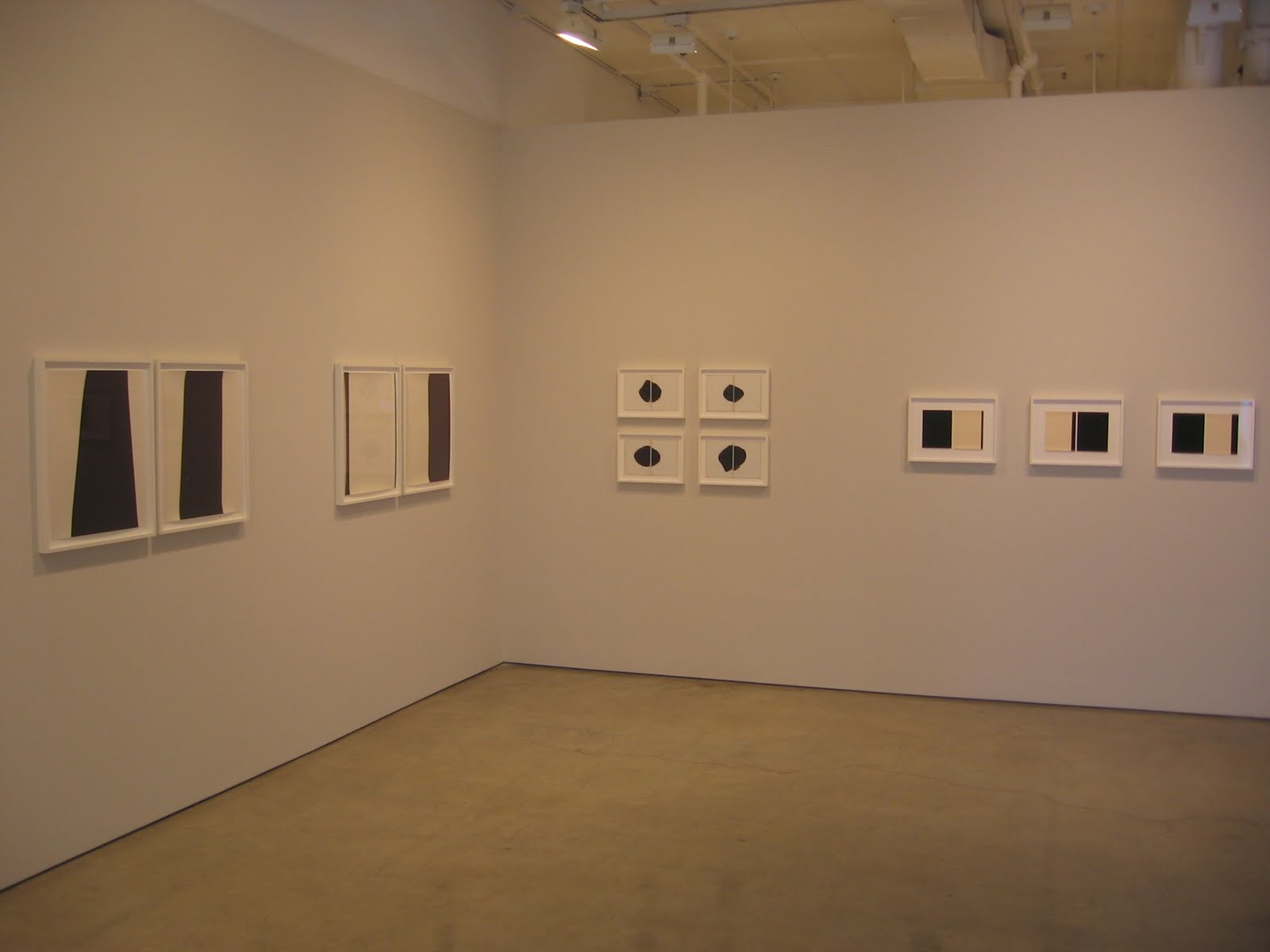 In an age when digital technology is forcing many traditional photographic paper makers out of business, her process-centric, darkroom-based works are a conscious look to the past. Her works bring together the physical craftsmanship of the hand made, with the elements of chance introduced by the decaying papers. Blobs of developer pool and puddle in their own ways, and some of the papers have become tinted a light almond, adding softness to the otherwise hard-edged geometric compositions.
In an age when digital technology is forcing many traditional photographic paper makers out of business, her process-centric, darkroom-based works are a conscious look to the past. Her works bring together the physical craftsmanship of the hand made, with the elements of chance introduced by the decaying papers. Blobs of developer pool and puddle in their own ways, and some of the papers have become tinted a light almond, adding softness to the otherwise hard-edged geometric compositions.
 Collector’s POV: The prices for the works in this show are as follows. The 12×10 single images are $2350 each. The larger 24×20 diptychs are $4950, while the smaller 9×7 diptychs are either $3350 or $3400. The 12×10 diptychs are $3900 each. Rossiter’s work has not yet reached the secondary markets in any meaningful way, so gallery retail is likely the only option for interested collectors at this point. I first saw Rossiter’s work at Stephen Bulger’s booth at AIPAD; he also represents the artist (here).
Collector’s POV: The prices for the works in this show are as follows. The 12×10 single images are $2350 each. The larger 24×20 diptychs are $4950, while the smaller 9×7 diptychs are either $3350 or $3400. The 12×10 diptychs are $3900 each. Rossiter’s work has not yet reached the secondary markets in any meaningful way, so gallery retail is likely the only option for interested collectors at this point. I first saw Rossiter’s work at Stephen Bulger’s booth at AIPAD; he also represents the artist (here). 